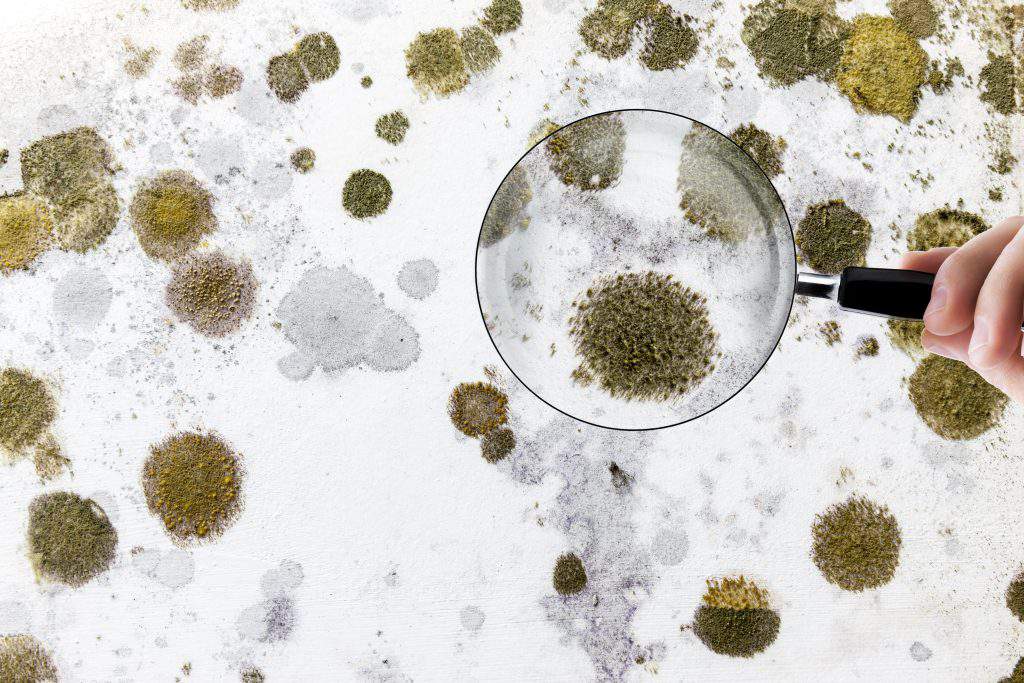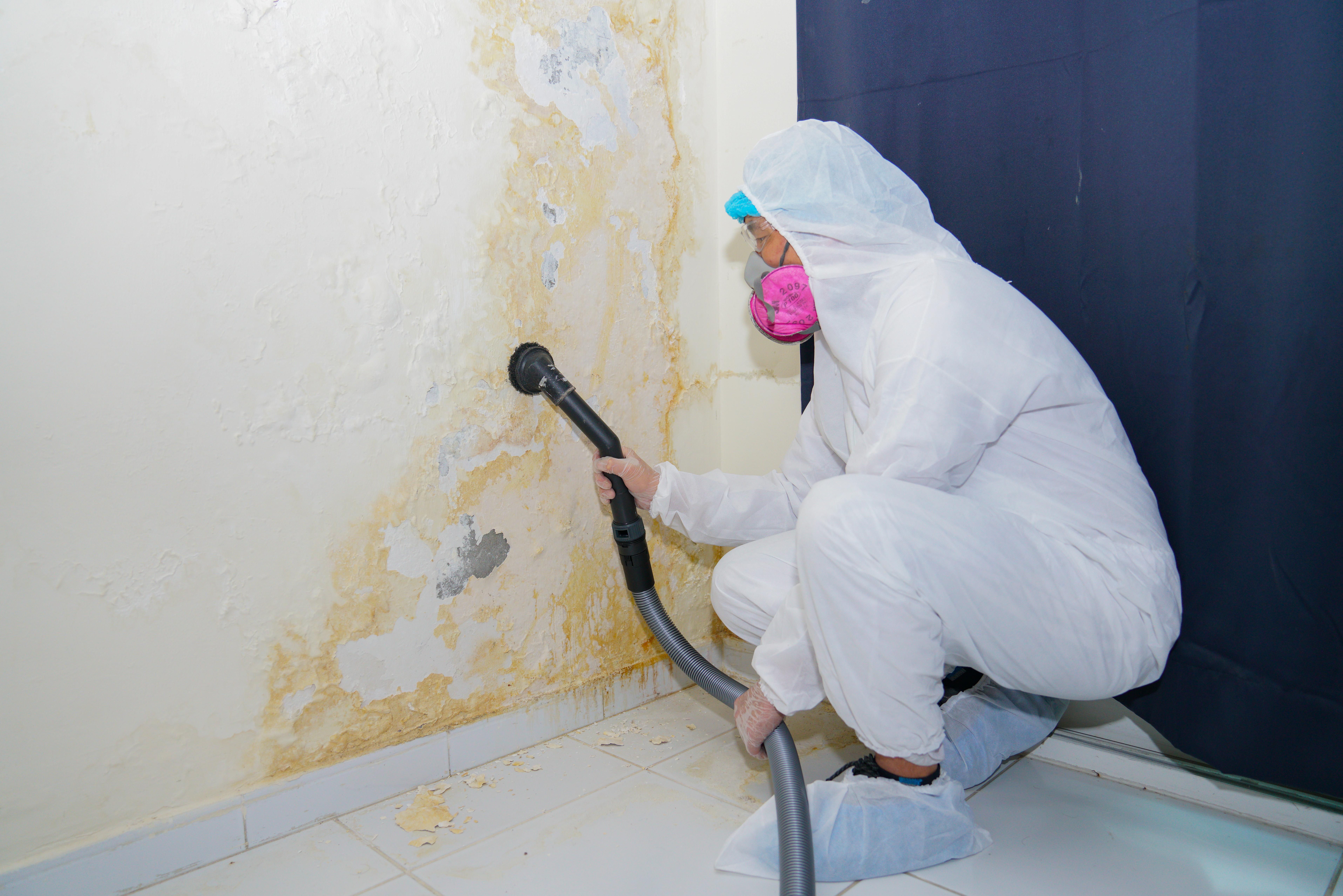Assistance on What to Do After Mold Remediation
Assistance on What to Do After Mold Remediation
Blog Article
Expert Tips for Article Mold And Mildew Removal Success
In the realm of mold removal, efficiently getting rid of mold is just half the fight; real challenge depends on preventing its reappearance. Post-remediation efforts play an essential role in making sure a mold-free environment in the long-term. By adhering to experienced ideas and ideal methods, individuals can protect their spaces against mold renewal and maintain a healthy and balanced indoor setting. It is in this phase of the removal procedure that attention to information and aggressive measures really make a distinction.
Display Moisture Levels Consistently
After finishing mold remediation treatments, preserving optimum humidity degrees is vital to avoid mold re-growth and make certain a healthy interior environment. High moisture levels over 60% create a conducive atmosphere for mold and mildew to flourish, making normal checking a proactive procedure to protect against any future mold and mildew problems.
Utilizing hygrometers or wetness meters can help in precisely determining moisture levels in various locations of the property. These devices supply real-time data that makes it possible for remediation experts to make informed choices pertaining to air flow, dehumidification, and various other essential actions to maintain ideal moisture degrees post-remediation. In addition, developing a routine schedule for humidity checks, especially in risky locations such as kitchen areas, basements, and restrooms, is an aggressive method to mold and mildew avoidance. By consistently keeping an eye on moisture levels, homeowner can properly mitigate the danger of mold and mildew reoccurrence and preserve a healthy indoor environment post-remediation.
Conduct Thorough Inspections Post-Remediation
Following the conclusion of mold removal treatments, it is vital to conduct extensive examinations to validate the efficiency of the removal process. These post-remediation assessments are crucial in making certain that the mold and mildew problem has been successfully attended to and that there is no recurrence or remaining mold and mildew development. Assessments should be performed by certified experts that have expertise in recognizing mold and evaluating indoor air top quality.
During these inspections, different approaches such as aesthetic evaluations, air tasting, and surface area tasting might be used to extensively evaluate the remediated areas. Aesthetic analyses entail a detailed evaluation of the facilities to look for any kind of noticeable indicators of mold and mildew development or water damage. Air sampling helps in identifying the airborne mold spore degrees, while surface area tasting can detect mold fragments on surface areas.
Implement Correct Air Flow Strategies
After making sure the efficiency of the mold and mildew removal process with thorough inspections, the following important action is to concentrate on executing correct air flow approaches. Ample ventilation is essential in stopping mold reoccurrence by controlling dampness degrees and promoting air circulation.
Correct ventilation not just help in protecting against mold development however likewise contributes to the total health and comfort of owners. By ensuring adequate ventilation throughout the residential or commercial property, you can reduce the threat of mold and mildew regrowth and create a much healthier living environment. Routine upkeep of ventilation systems, including cleansing and filter substitutes, is vital to sustaining efficient ventilation. Consulting with HVAC professionals can offer additional understandings right into enhancing ventilation techniques for your details property needs.

Use Mold-Resistant Materials for Services
To enhance the lasting effectiveness of mold remediation initiatives, including mold-resistant materials for repair services is vital in reducing the danger of future mold growth. Mold-resistant materials are created to hold up against dampness and inhibit mold and mildew growth, making them a vital choice for areas vulnerable to moisture and moisture. When repairing locations impacted by mold, utilizing products such as mold-resistant drywall, mold-resistant paints, and mold-resistant caulking can aid protect against mold reappearance.
Mold-resistant drywall is an outstanding alternative to conventional drywall in locations like basements and washrooms where moisture levels are higher. This sort of drywall has a special covering that stands up to mold growth even when subjected to damp problems. Furthermore, using mold-resistant paints containing antimicrobial representatives can further hinder mold advancement on ceilings and wall surfaces.
In locations where dampness is common, such as bathrooms and kitchens, using mold-resistant caulking around home windows, tubs, and sinks can help secure out water and stop mold and mildew from holding in fractures and gaps. By purchasing these mold-resistant products during repairs post-remediation, you can dramatically minimize the probability of future mold problems and maintain a much healthier interior setting.
Maintain Cleanliness and Address Water Issues
After mold and mildew removal, it is crucial to keep a tidy setting to protect against the regrowth of mold and mildew. Leaks, water intrusion, or high humidity degrees can produce the ideal breeding ground for mold and mildew, so it is imperative to fix any type of water-related problems quickly.
To keep tidiness, think about utilizing HEPA filters in vacuums and air purifiers to trap mold spores and prevent their circulation in the air. Furthermore, ensuring proper ventilation in areas prone to moisture accumulation, such as kitchen areas and shower rooms, can help maintain moisture levels in check. By remaining cautious about sanitation and dealing with water problems without delay, you can properly protect against mold reinfestation and maintain a healthy and balanced indoor atmosphere.
Verdict

In the world of mold removal, successfully getting rid of mold and mildew is only half the battle; the real challenge exists in avoiding its reappearance. After finishing mold remediation treatments, keeping ideal humidity degrees is vital to protect against mold and mildew re-growth and ensure a healthy interior setting. High humidity degrees over 60% produce a favorable environment for mold to flourish, making routine keeping an eye on a positive procedure to stop any kind of future mold issues.
To improve the lasting efficiency of Post Mold remediation cleaning mold and mildew remediation initiatives, incorporating mold-resistant products for repair work is vital in alleviating the risk of future mold development. After mold removal, it is important to keep a clean setting to protect against the regrowth of mold and mildew.
Report this page